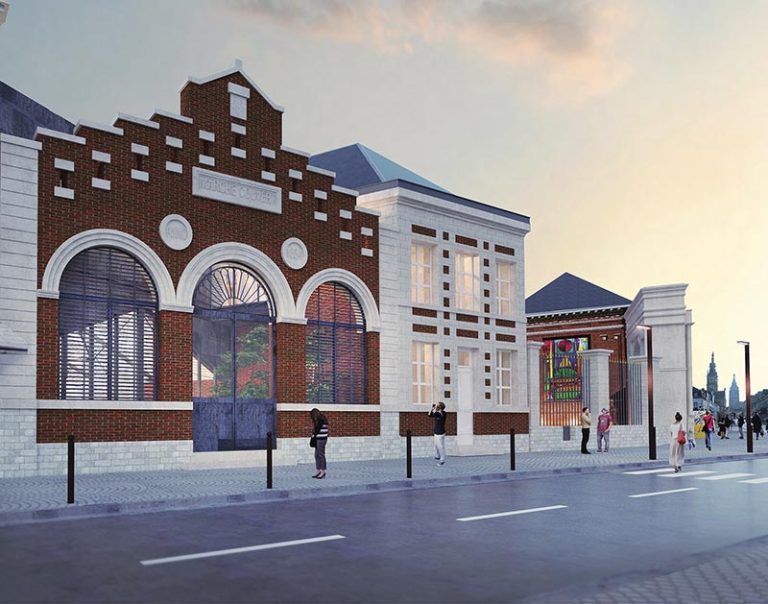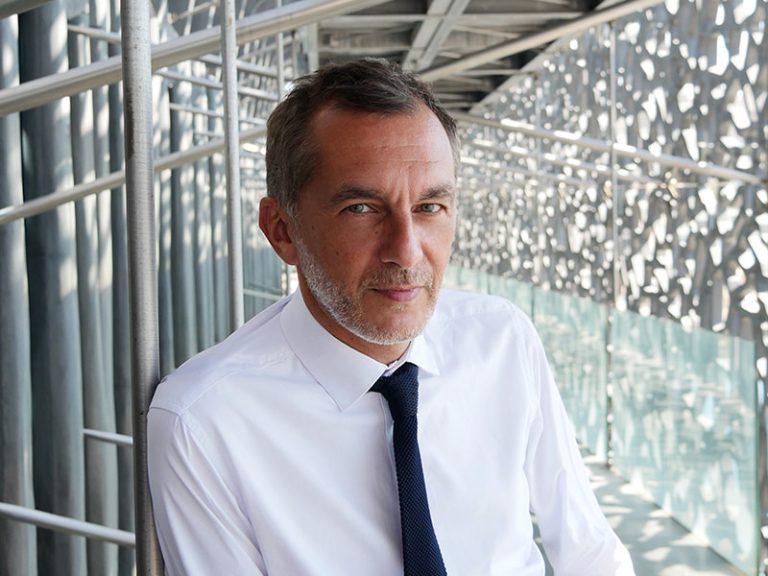If artificial intelligence (AI) is beginning to establish itself in many fields including art, its use raises many questions, particularly regarding its reliability. Recently, the company Art Recognition, based near Zurich, concluded that a painting known as Brécy Tondo was not the work of the Italian Renaissance painter Raphael (1483-1520).
Brécy Tondo attributed to Raphael by researchers at the Universities of Nottingham and Bradford, diam. 95 cm.
© Nottingham University
However, last January, researchers from the British universities of Bradford and Nottingham had on the contrary affirmed that the painting was by the hand of Raphael, using facial recognition technology. Thanks to software developed by Hassan Ugail, professor at the University of Bradford, the AI compared the faces painted on the Brécy Tondo and on the Sistine Madonna by Raphael. The study concluded that there was a similarity of 97% between the two Madonnas and 86% for the child Jesus. Researchers say that a similarity of 75% or more is considered identical.

Raphael (1483-1520), Sistine Madonna1513/1514, 265 x 193 cm, oil on canvas, Gemäldegalerie Alte Meister collection, Dresden.
The facial recognition system used by Professor Hassan Ugail’s AI draws on more than twenty years of computer development and millions of assimilated images and videos to recognize and compare facial features. “Looking at faces with the human eye, there is an obvious similarity, but the computer can see much deeper than we can, in thousands of dimensions, at the pixel level,” explained the professor in a press release.
But, according to the latest study carried out by Doctor Carina Popovici, scientist at Art Recognition, there is an 85% probability that the painting is not by Raphael’s hand.
In light of these contradictory studies, Sir Timothy Clifford, a specialist in the Italian Renaissance and former director general of the National Galleries of Scotland, has expressed skepticism about the use of artificial intelligence in the analysis of art . He also pointed out that many faithful copies of the most famous paintings exist, which can lead to confusion about their authenticity.
According to Michael Daley, director of ArtWatch UK, an NGO which monitors conservation policies in museums, while the face of Brécy’s Tondo looks exactly like that of the Sistine Madonna, it is unlikely that Raphael created an identical version. “If Raphael himself had made another version, he would almost undoubtedly have introduced changes of his own into the painting”he explains to the Guardian, before concluding: “It’s definitely a 19th century copy. »
Last December, Art Recognition, on the other hand, attributed to Pierre-Auguste Renoir (1841-1919), Portrait of a woman (Gabrielle), using an algorithm capable of studying the style, shape of brushstrokes and additional color combinations of 206 authenticated paintings by the artist. This reattribution was confirmed by experts from Dauberville & Archives Bernheim-Jeune, which publishes a catalog raisonné of Renoir’s attested works.
Many experts point out that AI only provides a partial reading of the artistic object analyzed. They emphasize that the results can be influenced by factors such as the quality of the canvas, its soiling or subsequent restorations.







